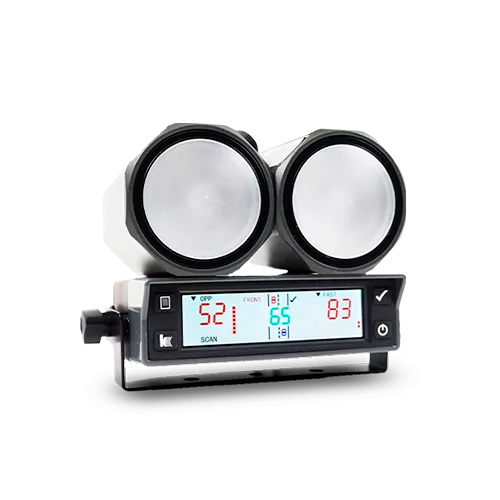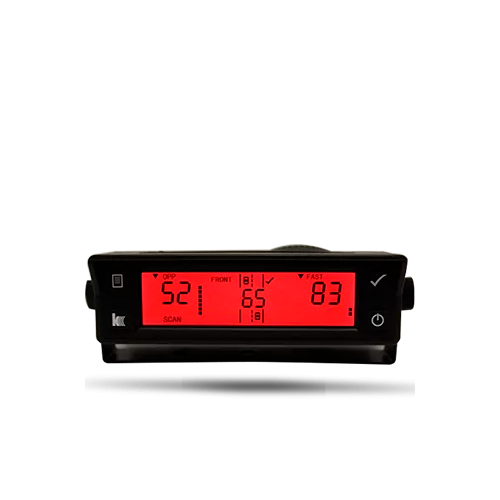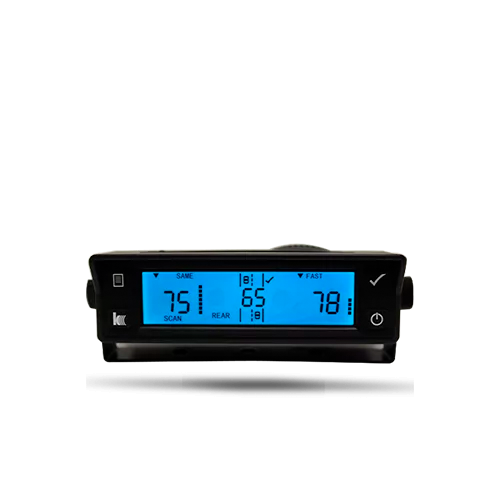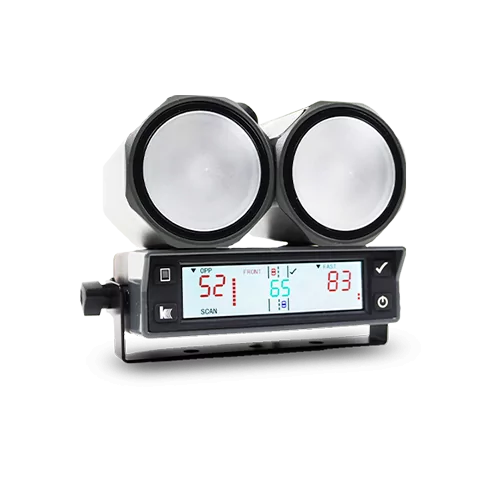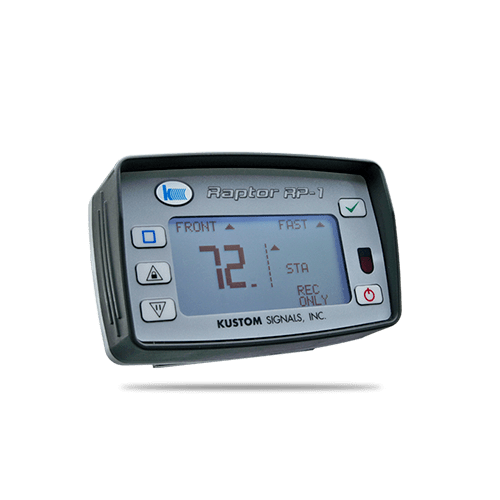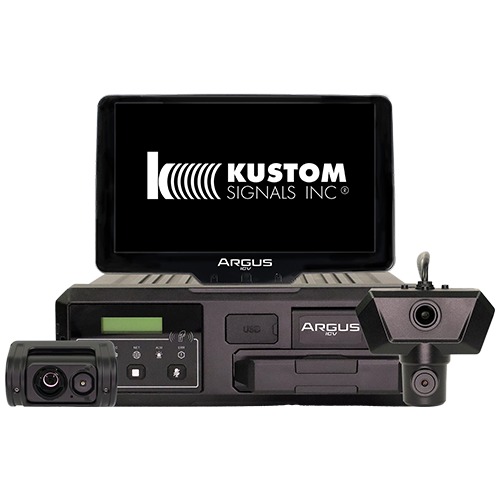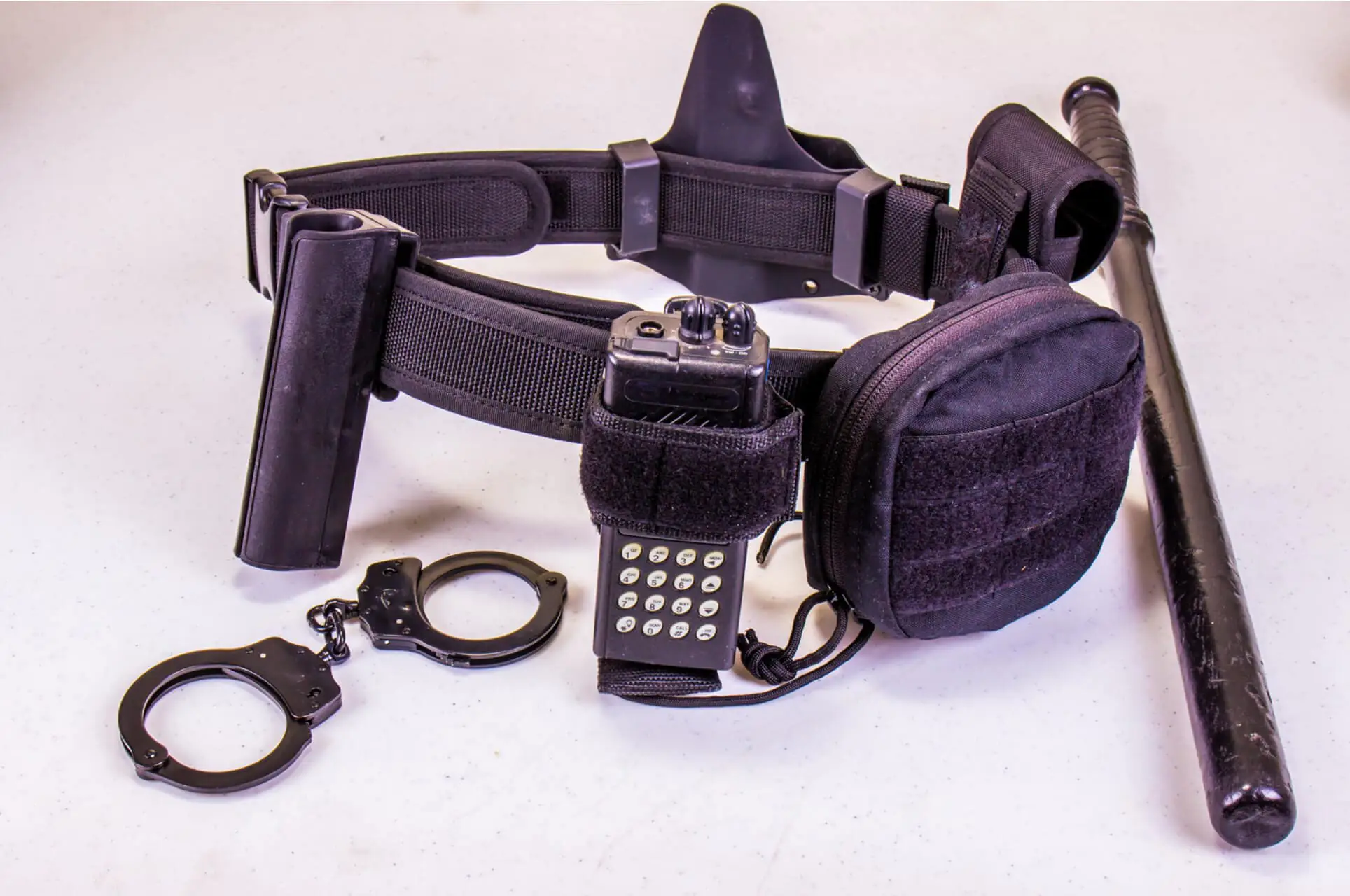The Eagle 3 is the first RADAR to provide a method to independently verify the Doppler patrol speed without an electrical connection to the patrol vehicle. The patented Wireless Speed Sensing has an integrated antenna that utilizes satellite signals as an independent speed source to verify the patrol vehicle’s Doppler ground speed.
Offering front and rear scan mode, the Eagle 3 is the smallest moving Doppler RADAR on the market. The Eagle 3 introduces a better method of dual antenna operation that eliminates the confusion of a five-window RADAR presentation with two Doppler tones. The Eagle 3 with Scan Mode enables both the front and rear antennas to be active at the same time. Scan Mode presents target speeds and Doppler from one target zone, front or rear, depending on which zone has the fastest target present.

